Today we’re talking oats. First read THIS LINK that the Gluten-Free Watchdog posted and then come on back.
Ok…welcome back. God bless the Gluten-Free Watchdog. There are so few celiacs out there who are truly looking out for the community’s health, it’s so refreshing to find someone who has our backs.
It’s also depressing that we need someone like her so badly. And why do we need her? Because when it comes to producing gluten-free food, it is profit over people almost every single damn time. And who suffers? Do I need to say it?
So…did you know that not all gluten-free oats are created equally? As the GFW has pointed out here, there are two different ways oats can be made gluten-free. Actually…let me take a step back.
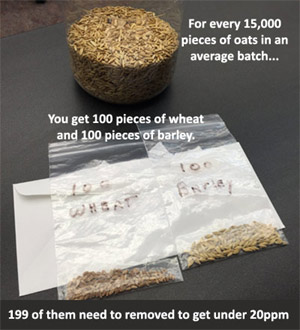 Oats are naturally gluten-free. But because they are grown in the same fields as wheat and barley, some serious cross-contamination occurs. How serious? Take a look at the pic to the right. Yep…that serious.
Oats are naturally gluten-free. But because they are grown in the same fields as wheat and barley, some serious cross-contamination occurs. How serious? Take a look at the pic to the right. Yep…that serious.
So back in the day, before the big boys saw $$$$$, the companies who cared about the celiac community grew oats in their own separate fields. No cross-contamination occurred since there was no wheat or barley nearby. They call this a “purity protocol”. And the celiac community was happy.
But then something called “mechanical sorting” came along. Yes…it’s as evil as it sounds…kind of like maniacal sorting. During mechanical sorting, all of the grains (oats, barley and wheat) are thrown in together and using various techniques, the grains are sorted so, theoretically, only the oats remain. Even though this causes a larger risk to the celiac community, the oats are cheaper to produce. Take a guess as to which method most companies are now using.
To make things even more problematic, many of these companies are testing their batches using “mean testing”. Instead of testing individual batches, they are taking multiple batches, mixing them together and then testing the combined batch. So theoretically, ten batches could be at 15ppm and one batch could be at 80ppm, but when you mix them together, it will test under 20ppm. Yet that one 80ppm batch may make it on the shelf still. Not cool.
This is why plenty of celiacs are getting sick on Cheerios and naturally, they are still in full denial that their product is anything but perfect for us. I wrote about their debacle here.
So what’s a celiac to do? Looks to me like you’ve got the following options:
1) ONLY eat oats from companies that use the purity protocol. The Watchdog has a list here.
2) STOP buying oats from companies that mechanically sort their oats. Hit them where it hurts. Let the market dictate which we prefer.
3) WRITE your favorite gluten-free oat company and ask what method they use. Tell them you will only eat oats that use the purity protocol.
4) DON’T eat oats. Hate to say it, and I am certainly not fear-mongering, but this may just be your safest bet.
What am I going to do? As soon as I finish this bowl of Cheerios…just kidding…I’m not much of an oat person, but I will only support the companies who have our best interest in their heart. I ask you to do the same.
I’ll tell ya…never a dull moment for the celiac community.
For now…I’ll stick with these oats. They make me and Sara both smile.
#NoCureNoChoice



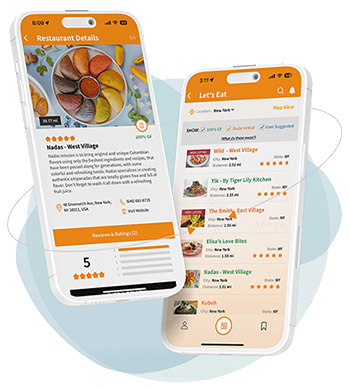
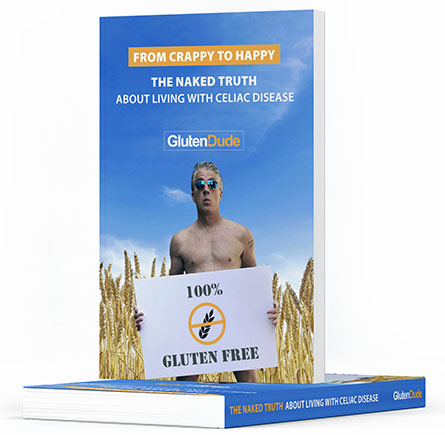
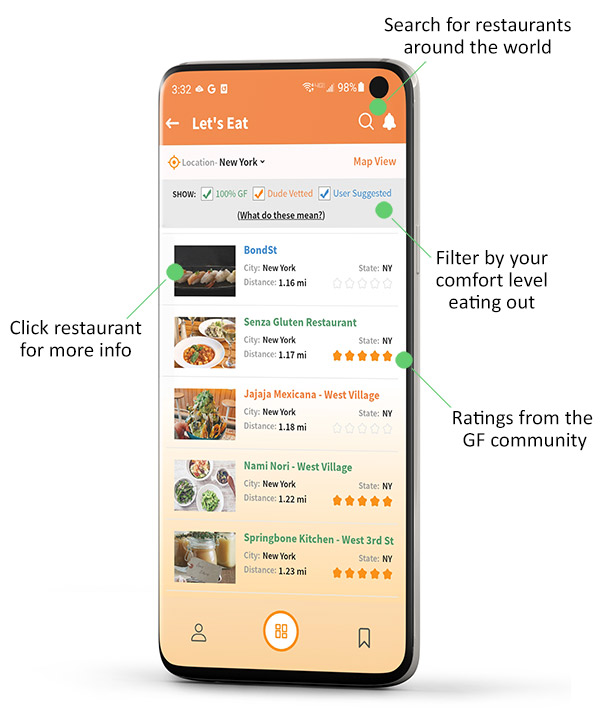
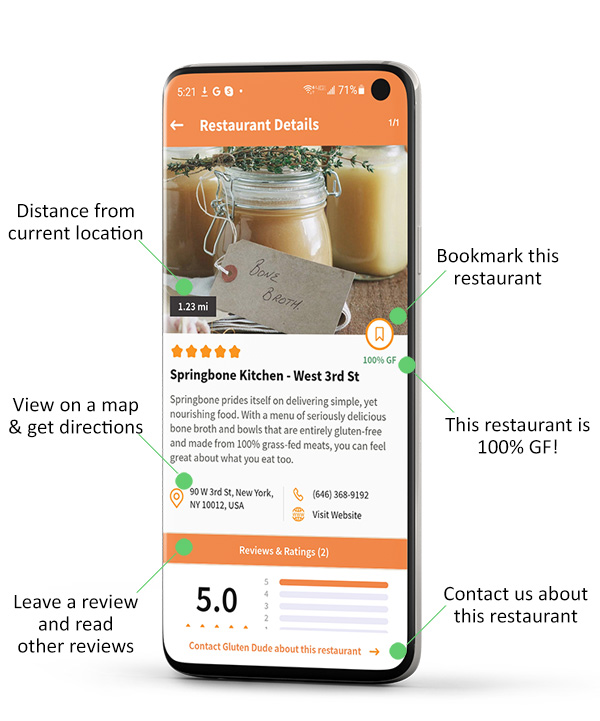


I have missed oats in my cookies, but because I was always sick when I ate them, I stopped. Might be worth another try. I have much appreciation to you and the watchdogs of the world. THANK YOU!
Thanks Pippy.
I just gave a talk to a women’s group yesterday and this EXACT issue came up in discussion. I talked about the fad dieters and how GF food production has been the largest increase in new products every year for the last 10 years… that companies are jumping on the band wagon to cash in, but not with the real issues taken seriously. There was a good discussion of how it has helped in someways for the variety of products available, but also hurts in that now we have to check EVERYTHING in even more detail to really know if it is safe. Thanks Gluten Dude and GF Watchdog.
i want CELIAC-SAFE foods, not “gluten-free” foods 🙁 🙁 🙁
[nodding my head in agreement!]
yep yep yep!!
Dude, if you think oats are naturally gluten free, you should read this:
http://www.coeliac.org.au/uploads/65701/ufiles/Position_Statements/CAPSOats.pdf
Interesting read…thank you for sharing it. I do know that some celiacs simply cannot eat ANY oats. This explains why.
I was diagnosed back in the day when oats were still completely on the forbidden list, and I still will not eat oats, no matter how they are labeled. Nothing I’ve read has convinced me that even uncontaminated oats are worth the risk. Seriously…. for oatmeal? Cereal? There are plenty of other options. It’s not worth it. I’ve always thought the addition of oats was more about sales and marketing than celiac safety.
What I don’t understand is how flax is safe when it’s grown in the same fields as barley and wheat – like oats. How could it possibly be uncontaminated when oats so clearly have a problem?
I am not sure I am understanding your question. Did I miss something? Where did someone say that flax was safe if grown next to barley and wheat?
Thanks for keeping us up to date and informed. We don’t know what we would do without you.
This is great! I’ve had so many people ask me if I’ve tried the “gluten free” cheerios, and of course I know better. 😉 I stay away from all oats, even those that claim to be gluten free. Have never had any luck with them. I appreciate your blog so much- you are a trusted source.
This article makes made me smile when all I really felt like doing on discovering I couldn’t eat my favourite ‘wheat free’ oats was crying…incidentally, this next song is also how I feel when walking down the supermarket aisle trying to find certified gluten free foods…https://www.youtube.com/watch?v=ccenFp_3kq8